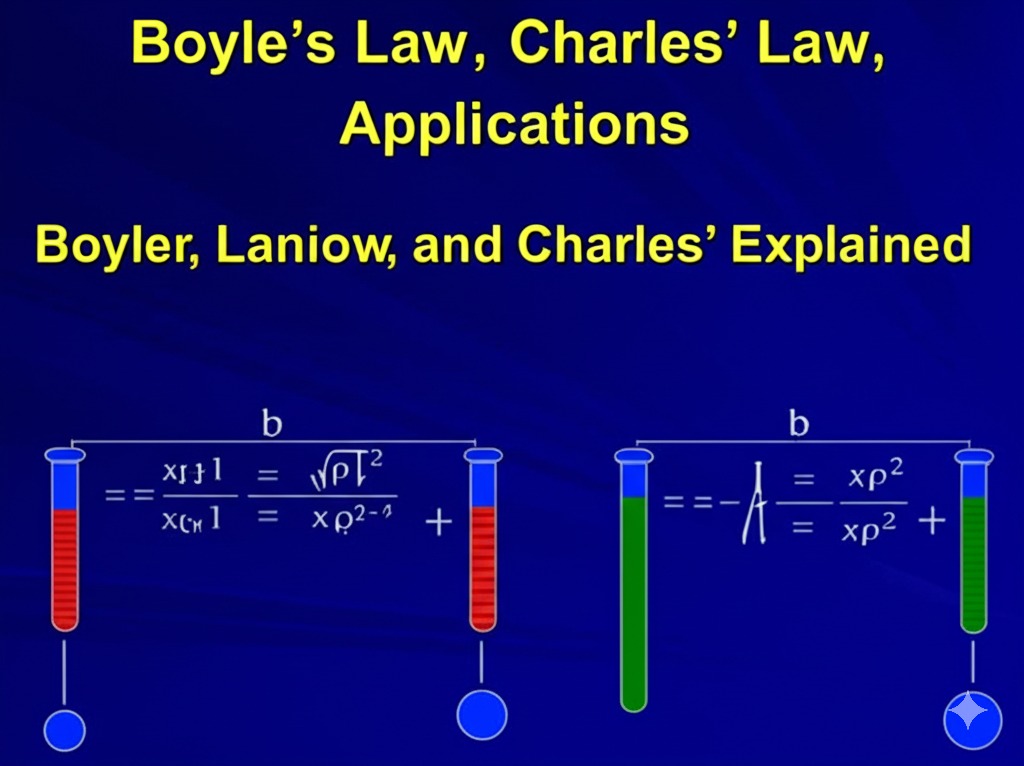Q&A on Gas Laws and Properties
Batch 1: Basic Concept of Gases and Properties
Q1: What is the state of matter in which inter-particle attraction is weak and inter-particle space is large?
A1: The gaseous state is the state of matter where inter-particle attraction is weak, and inter-particle space is so large that the particles are free to move randomly.
Q2: What does the term “gaseous state” mean?
A2: The gaseous state refers to the physical state of matter where the particles (molecules) are far apart, move randomly, and have weak inter-particle attractions. Gases neither have a definite shape nor volume and expand to fill their containers.
Q3: Name three measurable properties of gases.
A3: The three measurable properties of gases are:
- Pressure (( P ))
- Volume (( V ))
- Temperature (( T ))
Batch 2: Behavior and Properties of Gases
Q1: What is the kinetic molecular theory of gases?
A1: The kinetic molecular theory explains the behavior of gases, assuming the following:
- Gas particles (molecules) are in constant random motion.
- Collisions between particles are perfectly elastic.
- The average kinetic energy of the particles is proportional to the temperature of the gas.
Q2: How are gases compressible?
A2: Gases are compressible because their molecules are far apart, allowing them to be squeezed closer together when pressure is applied.
Q3: Why do gases have low density compared to solids or liquids?
A3: Gases have low density because their molecules are spread far apart, occupying a much larger volume compared to solids or liquids with the same mass.
Batch 3: Boyle’s Law and its Basics
Q1: State Boyle’s Law.
A1: Boyle’s Law states that at constant temperature, the volume (( V )) of a fixed mass of gas is inversely proportional to its pressure (( P )):
( P propto frac{1}{V} quad text{or} quad P_1 V_1 = P_2 V_2. )
Q2: How can Boyle’s Law be verified graphically?
A2: Boyle’s Law can be verified using the following graphs:
- A hyperbolic curve for ( P ) vs ( V ) (as pressure and volume are inversely proportional).
- A straight line through the origin for ( P ) vs ( frac{1}{V} ) (as pressure is directly proportional to the reciprocal of volume).
Q3: What are the assumptions under which Boyle’s Law holds true?
A3: Boyle’s Law assumes:
- The gas is ideal (negligible inter-molecular forces).
- Temperature is constant.
- The mass of the gas remains constant.
Batch 4: Charles’ Law and Temperature-Volume Relationship
Q1: State Charles’ Law.
A1: Charles’ Law states that at constant pressure, the volume (( V )) of a given mass of gas is directly proportional to its absolute temperature (( T )):
( V propto T quad text{or} quad frac{V_1}{T_1} = frac{V_2}{T_2}. )
Q2: What happens to the volume of a gas when temperature is increased, according to Charles’ Law?
A2: When the temperature of a gas increases (at constant pressure), the gas molecules gain kinetic energy and expand, leading to an increase in volume.
Q3: Why is absolute temperature used in Charles’ Law?
A3: Absolute temperature (Kelvin scale) is used in Charles’ Law because it starts from absolute zero, ensuring that the relationship between volume and temperature is mathematically valid.



